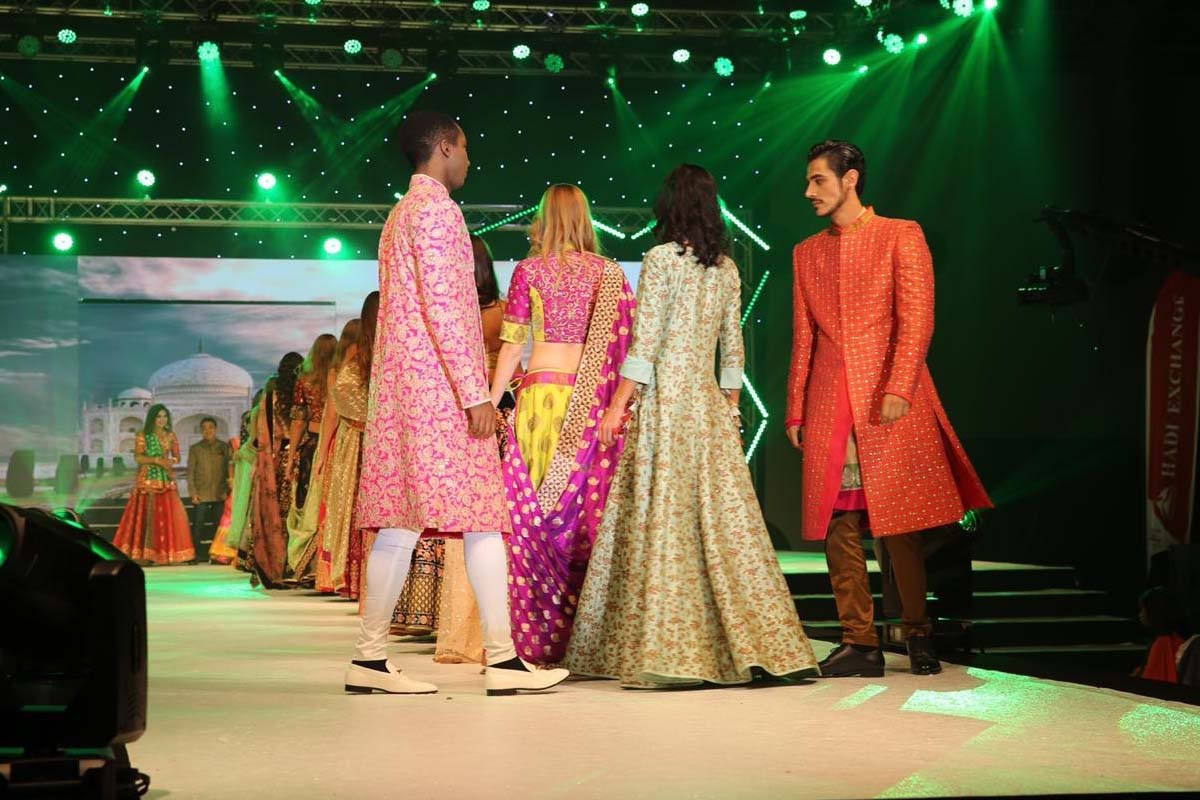13 theme based polling stations of 149 women managed PSs.
Following the guidelines of the Election Commission of India, a total of 149 women managed polling stations in Jalpaiguri parliamentary constituency.
Women are the number one consumers in fashion, spending an average of $125,000 on clothing in their lifetime, yet a majority of those at the helm of the fashion industry identify as male.

Fashion model (photo:IANS)
Despite its reputation as a female-oriented industry, a new study finds that fashion is still run by men. The study, titled, “The Glass Runway,” was compiled by the CFDA and Glamour with the intention of understanding and resolving the gender equality gap in fashion, and explores how gender impacts the careers of both men and women.
Women are the number one consumers in fashion, spending an average of $125,000 on clothing in their lifetime, yet a majority of those at the helm of the fashion industry identify as male.
Over 85% of graduating majors from top fashion schools are female and one in six individuals employed by the fashion industry globally identifies as female, but only around 14% of the top 50 major fashion brands are run by women. More women are graduating with a fashion education than men, but instead of giving them a competitive edge to climb the industry ranks, women are still primarily running the shop floors and design studios as opposed to the houses themselves, but it’s not for a lack of ambition or qualification.
Advertisement
Fashion remains a male-dominated business, wherein women spend 226% more than their male counterparts, but men still hold majority of the power in regards to running the fashion houses. The disconnect between qualified women and women being considered for C-suite positions comes down to gender bias. According to a study,” HR managers interviewed admitted they prioritize male candidates over female candidates when interviewing for managerial positions and unmarried women and older women over married women of childbearing age, given candidates are comparably qualified.
Gender discrimination runs deep throughout all of the countries in which garments are currently produced. Women are frequently subjected to verbal and physical abuse and sexual harassment. They also work under the fear of perhaps being assaulted or raped on their way home from work late at night.
Advertisement